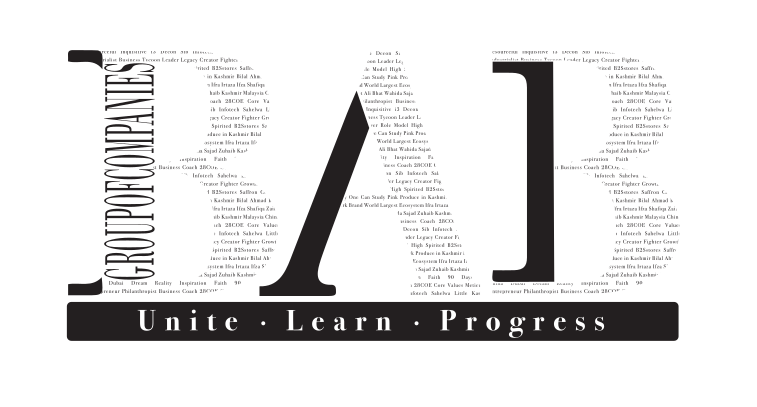As businesses expand globally, cultivating a multicultural workforce has become essential for fostering innovation, creativity, and competitive advantage. However, diversity and inclusion (D&I) must be more than just buzzwords—they require actionable strategies that integrate D&I into the fabric of an organization. Building a multicultural workforce involves not only bringing together employees from diverse backgrounds but also ensuring that every voice is heard and valued.
Best Practices for Building a Multicultural Workforce:
- Commit to Leadership Buy-In
- Actionable Step: Ensure that diversity and inclusion are prioritized at the highest levels of the organization. Leadership must be visibly committed to D&I initiatives, setting the tone for the entire company. This includes establishing a D&I task force or committee led by senior leaders who are accountable for driving D&I efforts.
- Redesign Hiring and Onboarding Processes
- Actionable Step: To build a multicultural workforce, redesign your hiring and onboarding processes to focus on inclusivity. This includes using diverse hiring panels, conducting bias-free interviews, and offering onboarding programs that emphasize the importance of diversity and cultural sensitivity.
- Encourage Open Dialogue and Feedback
- Actionable Step: Create channels for open dialogue where employees can discuss D&I issues, share their experiences, and provide feedback on company policies. Regularly conduct employee surveys to gauge the effectiveness of D&I initiatives and identify areas for improvement.
- Support Work-Life Balance and Flexibility
- Actionable Step: Recognize that employees from different cultural backgrounds may have varying needs and responsibilities. Offer flexible work arrangements and support work-life balance to accommodate diverse needs, thereby creating a more inclusive environment.
- Measure and Report on D&I Progress
- Actionable Step: Establish key performance indicators (KPIs) for diversity and inclusion and regularly measure progress against these metrics. Publicly report on your D&I initiatives and outcomes, demonstrating transparency and accountability to both employees and stakeholders.
Conclusion: Building a multicultural workforce requires a sustained commitment to diversity and inclusion, supported by actionable strategies and best practices. Dr. Bilal Ahmad Bhat, Founder & CEO of the BAB Group Of Companies, advocates for a holistic approach to D&I that not only enhances organizational performance but also contributes to a more equitable and inclusive society.

